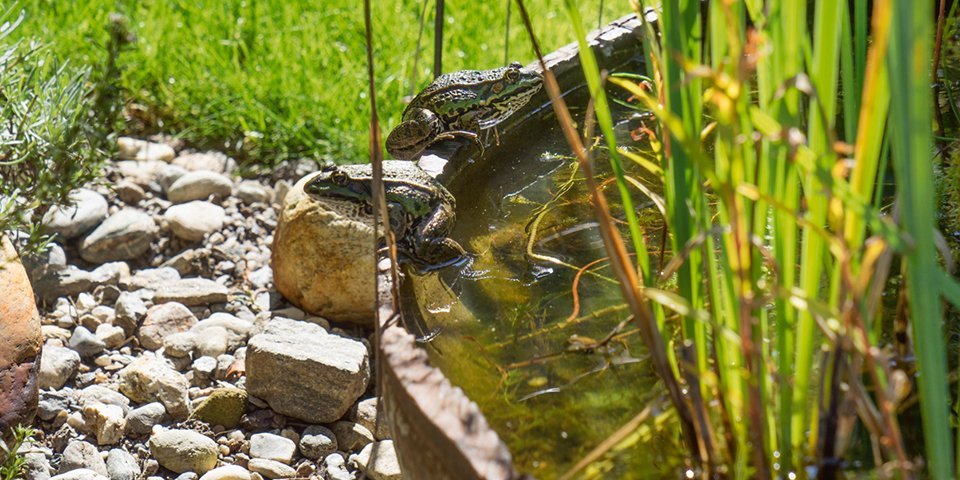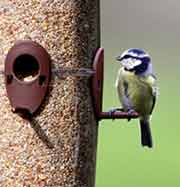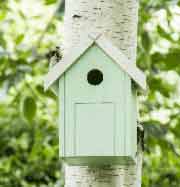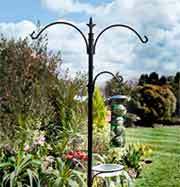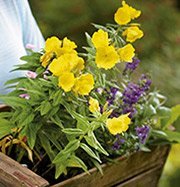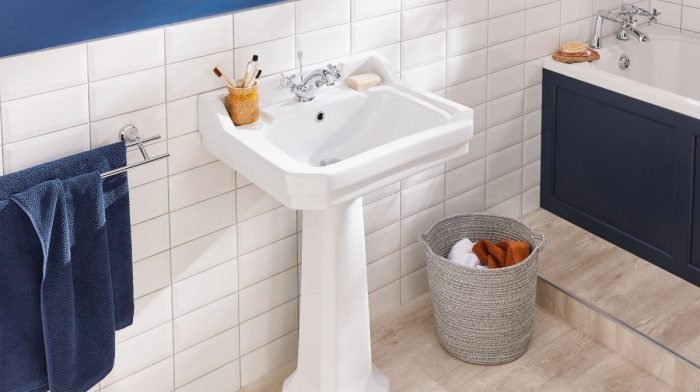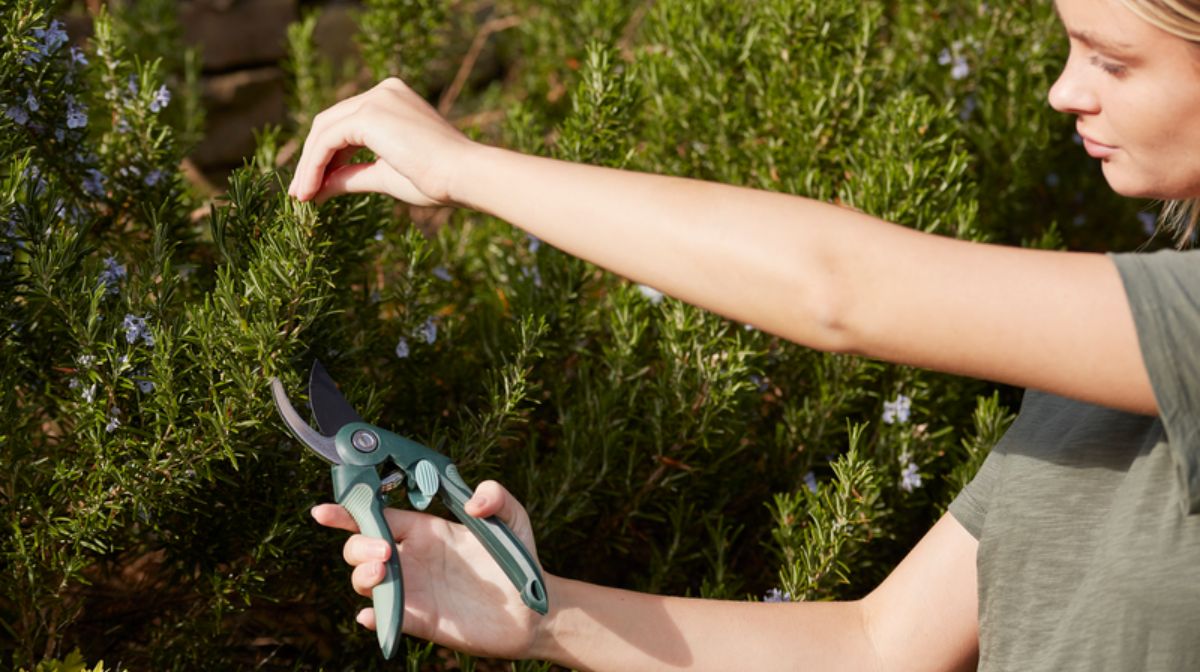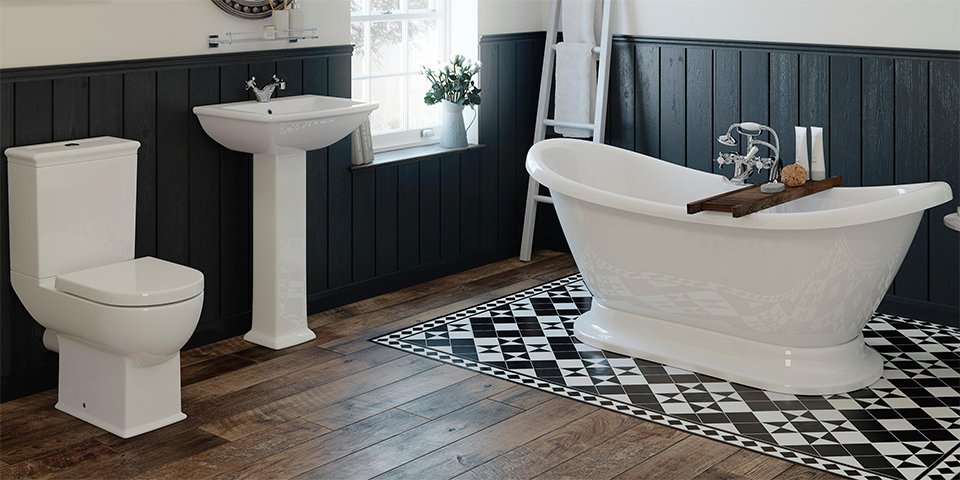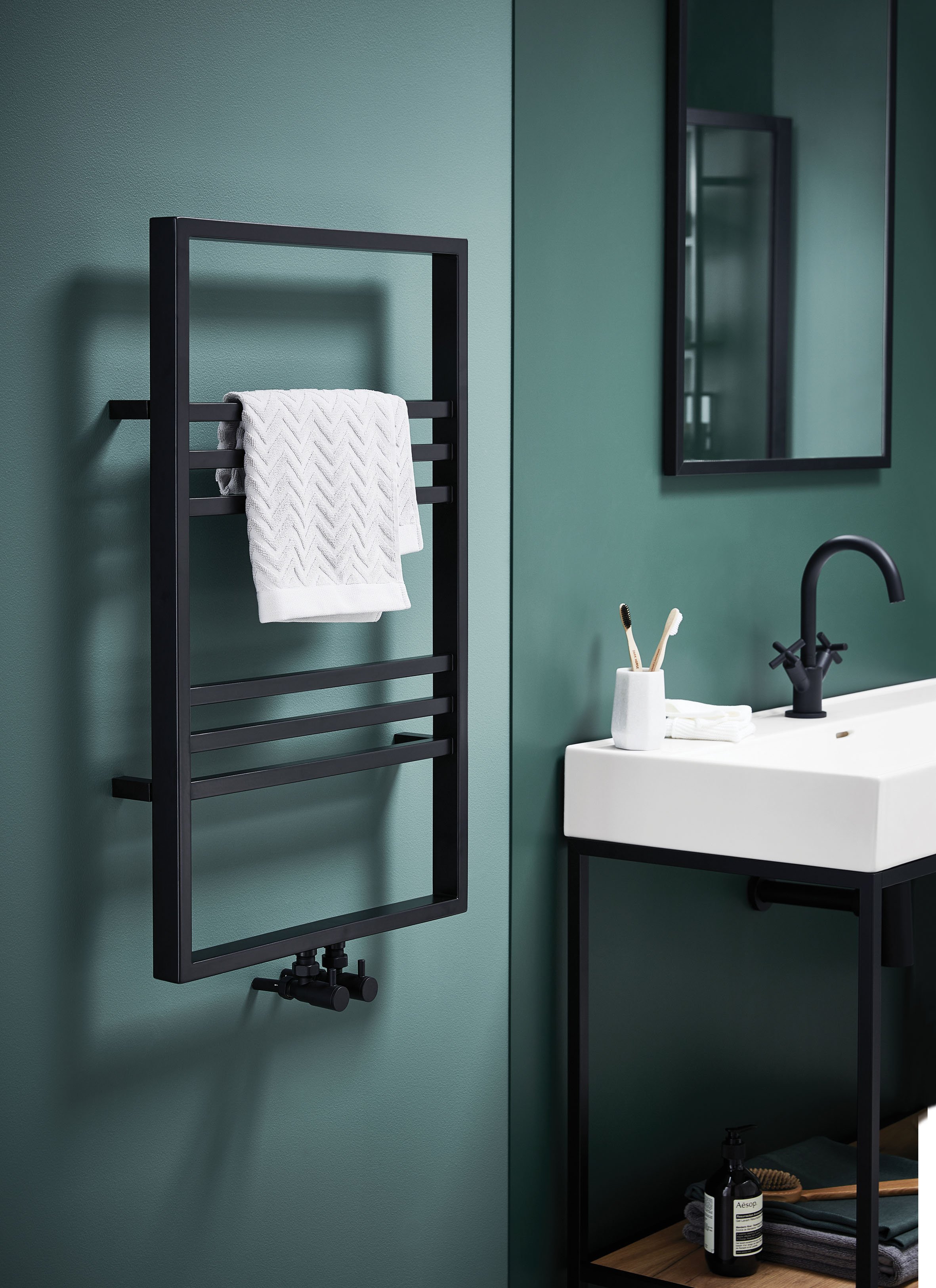Birds and wildlife can really bring your garden to life, helping to reduce stress levels and increase your overall sense of wellbeing. The secret to attracting feathery friends and garden creatures is knowing which products will tempt them into your backyard. Our guide includes all you need to know about birdbaths, feeders, and plants, to help you attract all creatures great and small to your garden. Find out how to make your garden more wildlife friendly with Homebase.
What to consider when buying bird and wildlife care
Different species have their own tastes and preferences when it comes to habitats, food and feeders. To attract a diverse range of birds and animals to your home, provide a variety of different environments and feeding sites within your garden.
The key things to consider are:
- What type of birds/wildlife you want
- Which plants attract wildlife
- Whether you have a safe space in your garden away from predators
Feeder types
There are a range of different feeders available to hold your chosen seeds, grains and suet mixes. In the winter months, feeders are especially important as cold temperatures can mean the ground and many plants are frozen, so animals often rely on feeders as their main source of food and energy.
-
Seed feeders
Rich in nutrients, seeds provide birds and animals with the energy they need to go about their daily business. Seed feeders are handy as you can hang them from hooks and attach them to trees in the garden. Available in a range of styles and sizes, they can blend in with your foliage or stand out. They’re also easy to maintain too, simply open the lid and top it up with your chosen wildlife mix.
Best for: Starlings and blue tits.
-
Ground feeders
Ground feeders are great for attracting a wide variety of birds but can cause competition. You could simply scatter seeds on the ground, or buy a ground feeding table with a protector cage to ensure smaller creatures can feed safely. There’s a risk that predators such as cats could be lurking, so always scatter seeds away from hedges and bushes.
Best for: Blackbirds, thrushes, wrens and robins.
-
Nut and nibble feeders
Most popular with smaller birds and wildlife that like to perch on the feeder, nut and nibble feeders should be made from steel mesh, with holes that are big enough to let beaks in, but small enough to prevent the nuts from falling out.
Best for: Blue tits, woodpeckers and nuthatches
-
Suet feeders
Suet feeders can attract a wide variety of birds and wildlife to your garden. They can be used all year round – but are particularly good during the winter months when wildlife need more fat and energy to survive the cold weather. With a range of different sized suet feeders available, you can find the perfect fit for your garden. You can even opt for feeders with a roof to shelter the balls from wet weather.
Best for: Wrens, sparrows, bluebirds, robins, finches and woodpeckers
Feeder types and which birds they suit
People often wonder what the best feed is to attract wild birds, but there’s no simple answer. Generally, birds will eat most seeds – so a single seed mix is the best all round food for attracting a variety of different creatures. Ensure you purchase any feed containing crushed peanuts from a reputable supplier as some can contain aflatoxin which is poisonous to birds.
| Feed Types And Which Birds They Suit | ||
|---|---|---|
| Feed Types | Examples | Which Birds? |
| Live feed | Mealworms, caterpillars and insects | Parent birds who need to feed their babies |
| Single seed mixes – sunflowers or crushed peanuts | Sunflower seed hearts, crushed peanuts, hemp seeds and pinhead oats | Smaller birds particularly like single seed mixes but they’re great for all birds and have a high energy content |
| Premium seeds | Niger seeds, raisins, pinhead oats and millet seeds | Finches and larger birds love these very nutritious treats |
| Suet feeders | Fat balls and suet balls | Small birds such as blue tits who need lots of energy |
How to clean a bird feeder
A good clean of your bird feeder every couple of weeks with a diluted bleach and hot water concentration should do the trick.
Soak the feeder first to remove stubborn debris, then ensure each part of the feeder is cleaned thoroughly, wearing rubber gloves to prevent any contamination
Plastic and metal feeders tend to be easiest to clean, as wooden feeders are more likely to become mouldy.
Buying bird baths
Some bird baths can be very ornate but make sure you think about the practicalities too. A simpler design, with texture around the rim and in the basin of the bath, is best to give birds a non-slip surface when bathing.
It should have sloping edges and be deep enough to encourage birds of all shapes and sizes to swoop by. Consider things like how easy it is to clean and whether it’s light enough to empty it of water by yourself.
Do bird baths work?
Yes, they’re a great way to attract birds to your garden – but it’s important to remember birds will only come if they feel safe there.
Positioning your bird bath so the birds have a clear view of the wider garden when bathing is important to avoid attacks from predators. Play around with where you position your bird bath to see which spot attracts the most wildlife.
Wildlife habitats / homes
Common garden trees, shrubs and bushes are ideal for housing small animals as they provide shelter and warmth. Fruit and berry-bearing plants provide a great natural energy source too.
Hedges make great homes for small birds, with larger trees providing nesting spots for pigeons and squirrels.
Shrubs with nectar-rich flowers are ideal for insects in spring and, when they grow berries in the autumn, can attract birds. Good options include Berberis, Spindel and Hawthorn.
Leaving a few areas of your garden overgrown is also a great way to attract wildlife. Hedgehogs love hiding under bushes amongst dead vegetation, piles of leaves and twigs, and it gives them a perfect, cosy spot for hibernation season.
A more permanent solution is a man-made wildlife home. Man-made bee hives and bird boxes provide animals with a cosy space to rest, eat and seek protection from harsh weather conditions, encouraging them to return to your garden time and time again.
Wildflowers and plants
Wildflowers are some of the best plants for your garden as they help create an oasis for wildlife. Rich in pollen and nectar, their sweet fragrances are essential for attracting animals to your garden.
Climbing plants like ivy and honey suckle are ideal for insects and birds as their rich fruits provide animals with a key source of energy. Single flowering plants are best for bees and insects, as they can easily access their pollen and nectar.
Remember not to spray pesticides on your plants as they can have a negative impact on your local wildlife. If you focus on attracting birds and animals, they will act as a natural slug and pest repellent.
Ponds
Wildlife ponds provide a great new home for animals including fish, frogs, newts and tadpoles. When it comes to thinking about how to build a pond, the key feature is gently sloping edges to give all types of wildlife easy access in and out of the water.
How deep should a wildlife pond be?
The depth of your pond depends on how big it is overall. Shallower ponds can accommodate the vast majority of plants and animals, so bigger isn’t necessarily better. Between 20 and 60cm deep is the recommended measurement when digging out a pond, with a long, gradual slope downwards to provide easy access.
How to make a pond look appealing to wildlife?
Decorating your pond with pretty plants and water features helps to make it look as appealing as possible to passing animals. When buying plants for the pond, there are several different types that are recommended, each with a specific purpose. It’s a good idea to get a mix for your pond with some from each category:
-
Oxygenators
Designed to keep your pond healthy, oxygenators can be either submerged in the water or left floating on the top to release oxygen into the pond as they grow.
-
Floating-leaved plants
Water lilies and other floating-leaved plants often produce beautiful flowers that really brighten up your pond. By sitting on the surface, they also provide the perfect resting place for snails and newts.
-
Marsh Plants
These are planted around the rim of your pond and need wet soil to flourish. Marsh Marigolds and Irises decorate the edge of the water with bright flowers and are available in a variety of colours.

